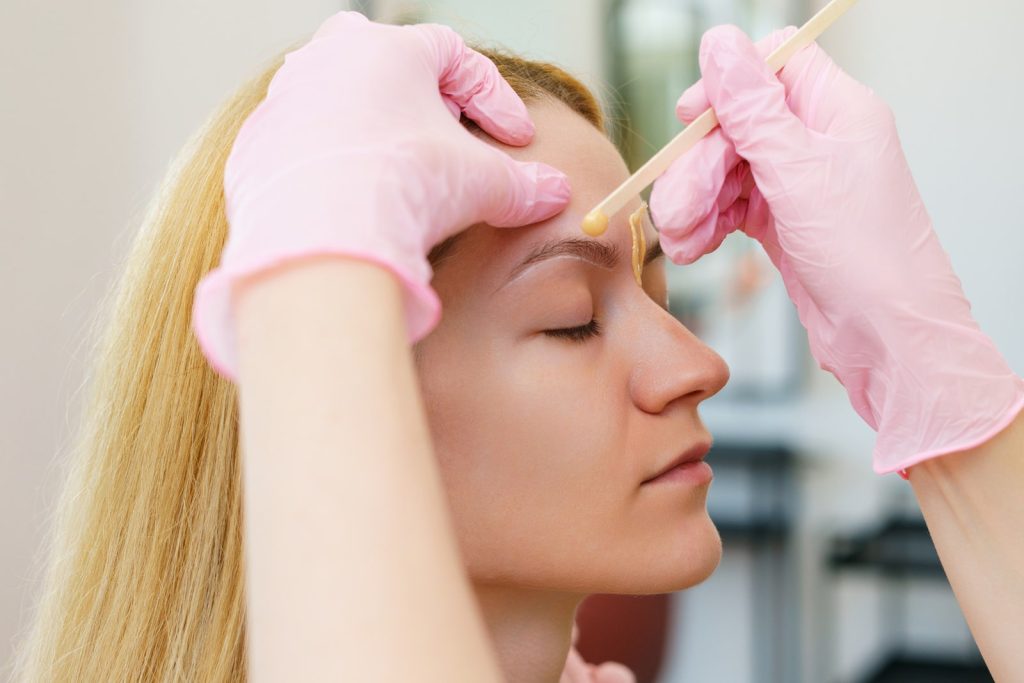The beauty industry in the UK has been booming lately, even in spite of such major national events as the coronavirus pandemic and the cost-of-living crisis.
According to 2022 statistics, the industry was worth as much as £22.7 billion – and expanding quicker than a majority of other sectors in retail.
This expansion is mirrored by the ubiquity of beauty-centred storefronts; more and more small beauty businesses have been opening up in cities and towns across the nation, as entrepreneurs with an eye for the aesthetic turn their vocational training into a community staple.
It has never been easier to get professionally glammed up than it is right now – but high-street beauty treatments are not without their risks, and the rapid expansion of such premises could be as much a problem as it is a success story.
Common Beauty Treatments
In order to understand this fully, it is important to understand how high-street beauty treatments have changed over the past three decades. Previously, beauty parlours would be dedicated to hair and makeup, with the most drastic treatments relating to hair dying or removal. Since the turn of the millennium, though, beauty innovations have changed the focus and scope of many public-facing beauty establishments.
Beauty treatments today are much more medical in nature, as technological leaps and new treatment concepts became more and more widespread. Some of the most popular beauty treatments in the UK include chemical peels, microneedling, dermal fillers and Botox.
Key Risks
With the introduction of more complex and involved beauty treatments to the high street, so too has the risk involved in accessing beauty treatments increased. The vast majority of practicing aestheticians are trained and experienced, but this does not preclude the experience of negligent care, accidental damage or post-treatment consequences in a minority of cases.
Some obvious risks in beauty treatments take the form of accidents on-site. Hair wax might be heated to too high a temperature, causing burns; microblading and microneedling could result in infection. Less obviously, certain chemicals could cause allergic reactions, with potentially dangerous results.
If Something Goes Wrong
Whatever the reason for a beauty treatment going wrong, there are some key steps you should take. First and foremost, of course, is to seek medical advice – whether urgently, or via your GP. Before you attend, take timestamped pictorial evidence of the treatment and its results. This evidence can help you in bringing your story to a relevant legal adviser – who may advise you to take legal action against the beauty parlour in question.
If such action is deemed appropriate, you may be able to seek compensation for clinical negligence. The solicitor you choose would conduct all the work on your behalf, including sending a letter before action which typically sees legal claims resolved through settlement before a court becomes necessary.
